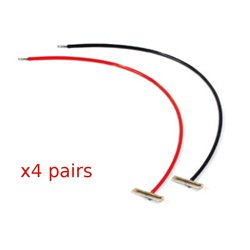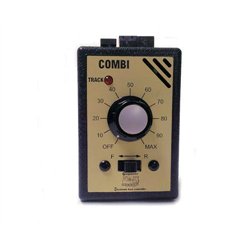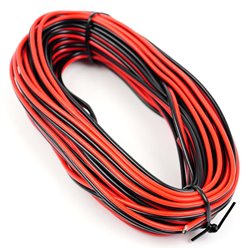There are a number of different options for attaching figures such as a horse and rider to a layout. Perhaps the...
No products
Product successfully added to your shopping cart
There are 0 items in your cart. There is 1 item in your cart.
Search Tips
How do I wire up my first model railway layout?
If you’re new to model railways, one of the more daunting parts of the hobby can be figuring out how to wire up your railway and get it actually running. Proper wiring is essential for operations like controlling trains, running accessories, and lighting. The good news is, with some key tips, wiring your model railway doesn’t have to be scary or frustrating. Here are the basics of model railway wiring step-by-step.
Understanding the basic electrical systems
First, let’s quickly review the main electrical systems you’ll need to power:
Track power from the controller - Provides electricity to the metal rails to power any locomotives and rolling stock.
Point motors - power the motors that change the direction of the points.
Accessories - Power any accessories like signals, lights, turntable, etc.
For each of these, you’ll connect wires from the power source to the rails, terminals on the accessories, or controller. Having separate circuits allows you to power things on and off independently.
Choosing a power source
The most beginner-friendly power source is a standard DC transformer which converts household AC current to 12-16 volt DC current usable in your railway. Make sure the transformer has enough wattage for your setup.
To distribute power, you’ll need terminal strips or track distribution panels. These have multiple terminals to connect and splice wires from the transformer to the layout.
Connecting the rails and track
Use feeder wires with connectors to attach both rails to the power source terminals. Feeder wires carry electricity through the whole system. Use metal rail joiners to ensure smooth power transfer between track sections.
Make sure to test for smooth running before finalizing the layout. Insulate areas as needed with plastic or tape to prevent shorts.
Follow manufacturer wiring instructions for any accessories, lights and controllers. Use colour-coded or labeled wires for easy troubleshooting later.
Click here to receive the tips weekly in your mailbox. You can unsubscribe at any time.










